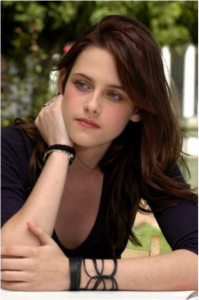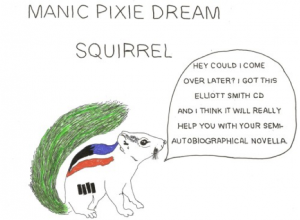Allow me to step back in time half a decade or so, when a certain fear loomed large on the mind for those of us with a literary bent: the digitalization of the literary world. Bookstores were following the path of their video rental store brethren and being gutted to make way for Nordstrom Racks and mega-gyms. E-readers increasingly topped Christmas lists. Blogs were no longer the clunky, poorly designed online diaries of the early 2000s, but aesthetically pleasing, specialized platforms with scores of followers. Amazon was hailed as the savior of the book industry. The general population was reading again!
If you happen to be one of those who opened a brand new Kindle on Christmas morning, you’re aware of the massive battle that’s been underway, for years now, between publishers and the makers of e-readers like Amazon and Apple. You may have received three lovely, unexpected dollars as the result of a lawsuit settlement between Amazon and Hachette or some other tech giant/publisher dispute. The gist of it was that Amazon was selling e-books for far less than hardcovers, and the publishers’ primary tasks–getting physical books to bookstores and setting their own, rather high, prices–became obsolete, so the publishing houses were losing lots and lots of money. The full story is very complex and better handled by a more knowledgeable writer (you can read more about it in Keith Gessen’s “The War of the Worlds” in the most recent issue of Vanity Fair). I’d rather talk about a digitalization issue far more symbolic, possibly far less significant, and much closer to my heart.
Chances are, if you’re reading this, you’re a book lover. And as a book lover, you likely own many well-worn, well-thumbed hard copies of your favorite books that have been read dozens of times over. Perhaps you’re an annotator or like to jump around when reading. Maybe you just can’t get enough of that new book smell. If so, you were likely outraged when the e-reader trend caught on.
But bear with me. I was one of you once. I refused to get a Kindle; it took away the entire soul of the act of reading. I scoffed at people who brought their iPads to the pool, who all seemed like they were reading exclusively things like Fifty Shades of Gray and Chelsea Handler’s new book. You don’t get the new book smell, you can’t annotate (let’s face it, the “pen” function on the iPad is an anti-dexterous joke), and flipping back and forth is so much more difficult than holding your place with your thumb that’s just not worth it. Additionally, crucially, books don’t have to be recharged, and in fact will survive most physical affronts save a fire, unlike their electronic equivalents.
I will still never throw out my old Count of Monte Cristo copy or the Pride and Prejudice my grandfather gave me, but I’ve learned to appreciate their digital counterparts as well. The average paperback weighs almost a pound. As a college student who travels a lot, it’s simply not feasible for me to carry physical books with me on trips. Owning a Kindle means I always have an entire library at my fingertips, and in fact I think it’s led me to read more new books and better acquaint myself with familiar ones because of the lack of physical limitations. And isn’t that the heart of the matter for us literary-minded folk? As long as people are interacting with, learning from, and generally bettering their lives from the material, is the vehicle so important in the long run? The words are what really matter, no matter how they’re printed–right?
To take the issue to even closer to home, Shenandoah itself, along with a host of other literary magazines, switched from hardcover to online fairly recently. This has complicated matters of layout and aesthetics, elements that can be critical to the essence of a literary journal. And of course, like with the publishers vs. Amazon debacle, there are financial matters to consider. But it certainly does make the magazine more accessible, more visible to the fair-weather reader who may now be more likely to become a committed reader because of the greater ease of accessibility.
I know this is an old debate, but it seems to me it might be interesting to check back in now that the dust has settled and see if any of the die-hard traditionalists have changed their minds. So, readers–has digitalization in fact taken away the “soul” of the literary world, or does the sacrifice of being able to physically handle the words make them that much stronger and far-reaching? How best can publishers, authors, editors, and readers maintain the personal connection felt with a beloved copy of a favorite book with its digital equivalent?



